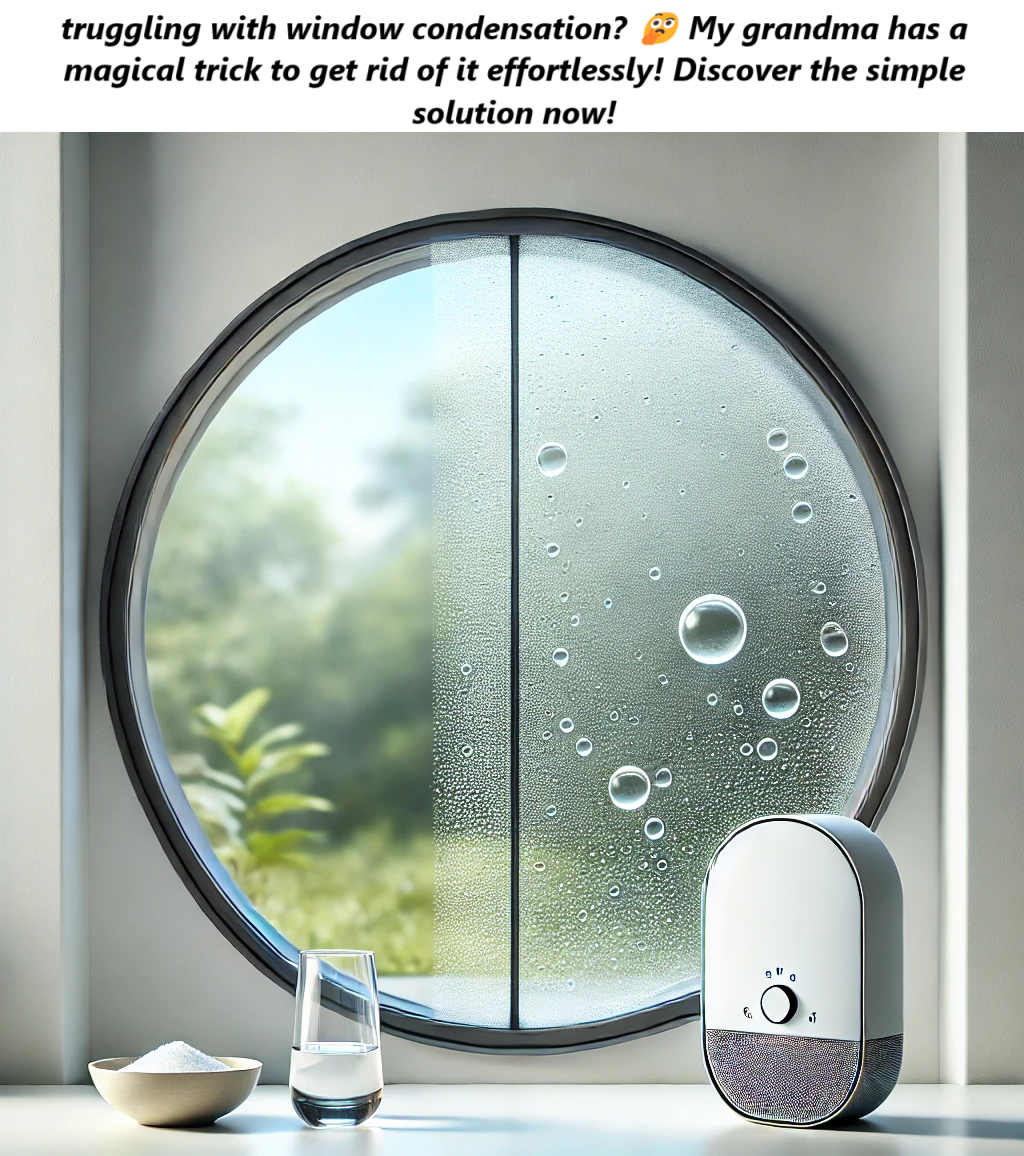Struggling with Window Condensation? Here’s How to Solve It Once and for All
Opening: Why Window Condensation Is More Than a Minor Annoyance
Picture this: you wake up on a chilly morning, ready to enjoy a beautiful view outside, only to find your windows fogged up with water droplets. It’s frustrating, isn’t it? But window condensation is more than just a nuisance; it can damage your home, foster mold growth, and even impact your health. The good news? You don’t have to live with it. Let’s dive into practical solutions that work.
Understanding Window Condensation: What It Is and Why It Happens
H2: The Science Behind Window Condensation
- Definition: Water droplets form when warm, moist air meets a cold surface.
- Causes:
- High indoor humidity
- Poor ventilation
- Temperature differences between indoor and outdoor environments
H3: Types of Window Condensation
- Interior Condensation: Caused by high humidity indoors.
- Exterior Condensation: Happens during humid weather when the window is colder than the outdoor air.
- Between-Pane Condensation: Indicates seal failure in double or triple-glazed windows.
The Problems Caused by Window Condensation
H2: Why You Shouldn’t Ignore Window Condensation
- Damage to Your Home:
- Paint and wallpaper peeling
- Wood rot on window frames
- Health Concerns:
- Mold and mildew growth
- Respiratory issues caused by prolonged exposure
- Energy Efficiency Loss:
- Reduced effectiveness of insulation
- Higher energy bills
Practical Solutions to Prevent and Reduce Window Condensation
Next Page
Pages: 1 2

